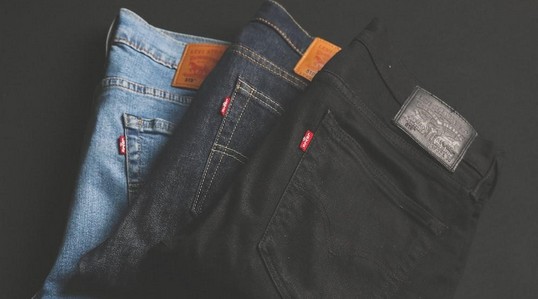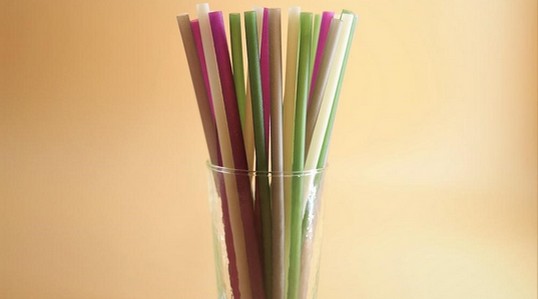5 Examples of Circular Economy Products
Introduction
In our natural world, almost every system is based on a circular model instead of a linear one. One great example is the water (hydrologic) cycle in which liquid water evaporates from different surfaces (land, sea, etc.) and rises into the upper atmosphere to cool down and condense into rain. The cycle restarts again once the water collects on different surfaces again.
This circular system, like many others, has worked for millions of years. However, since the industrial age, humans worldwide have become accustomed to a more linear approach to life. They extract essential resources from the earth and use them to make thousands of products. However, instead of restarting the cycle, they dispose of them in landfills, oceans, or other places.
Popular examples of products include plastic bottles, consumer electronics, clothes, furniture, and more. Although many of our resources are abundant, they’re still finite, meaning they won’t last forever. Moreover, the linear approach to waste management and recycling is rapidly becoming obsolete as more greenhouse gases, toxic chemicals, and solid waste continue to harm the environment.
Therefore, there’s an urgent need to find solutions to mirror natural resources more closely, which is where the circular economy comes in.
In this post, we’ll share five great examples of circular economy products you should know about so you can join this game-changing movement and play your role in saving the environment and leading a more sustainable lifestyle.
5 Circular Economy Products You Should Know About

Below are five great examples of circular economy products that could have a ripple effect on the UAE’s consumer market and industries:
1. Renewable Jeans
According to Denim Dudes, nearly six billion pairs of jeans are produced every year. Nearly 80% of old jeans are either sold as used apparel in poorer countries or tossed into landfills for decomposition or incineration. 20% of new jeans aren’t even worn.
Due to their growing popularity, many global manufacturers are venturing into the sustainable textile industry to reduce global carbon emissions. A trending solution is renewable jeans made from waste fibers, cotton jeans, and production scraps.
2. Edible Cutlery
Did you know the world uses nearly 40 billion single-use plastic utensils every year? Plastic cutlery is one of the biggest contributors to plastic pollution. Therefore, many innovators are introducing circular economy solutions to reduce cutlery waste from restaurants, cafes, grocery stores, and offices.
In recent years, there’s been a rise in alternative utensils made of recycled plastic and biodegradable materials like bamboo and paper. However, edible cutlery is taking the market by storm and eliminating cutlery waste altogether. These spoons, knives, and forks are made from wheat, rice, and other edible foods. Moreover, they’re flavored according to the dishes they’re being served with.
Of course, you can throw them away if you don’t want to eat them. They’re 100% biodegradable and can also serve as a food source for wildlife.
3. Carbon-Neutral Plastic Packaging
Plastic is perhaps the king of double-edged swords. It’s one of the most important materials used in almost every industry. At the same time, it’s also one of the main contributors to greenhouse gas emissions and environmental degradation.
As a result, there’s an urgent need for carbon-neutral alternatives to replace plastic in several applications, especially secondary or tertiary ones, like packaging material. For example, MyEarth, a UAE-based company, has introduced a starch-based product line, including items like shopping bags, sheets, and garbage bags.
Other companies are also extracting cellulose from sustainably-sourced trees to produce bioplastics.
4. Animal Feed Derived From Human Waste
Animal feed is one of the most important resources in the agriculture industry. Due to its high demand, many developing countries have to pay a high price to feed their livestock. One of the circular economy’s core missions is to tackle multiple environmental issues simultaneously.
Today, most developing and some developed cities/countries don’t have proper or modern sewage systems, including Dubai. As a result, a huge percentage of the waste ends up in the oceans or waste sites, resulting in a greater risk of contamination.
One powerful solution to stop linear waste production and recycling is the strategic deployment of black soldier fly larvae that feed on human waste and other organic material. Once fully grown, these larvae can serve as feed for poultry, fish, and livestock, saving the farming industry millions every year.

5. Recyclable Straws
The last circular economy product on our list is recyclable straws. Plastic straws make up nearly 0.025% of the total global plastic waste. While this may not be a lot, it still amounts to 8.3 billion straws ending up in landfills and the ocean every year from households, restaurants, stores, malls, and hundreds of other places.
In recent years, sustainably-sourced straws have become a trending buzzword in society, with hundreds of companies offering eco-conscious alternatives made from paper, bamboo, rice, and cellulose from sustainably-sourced trees.
Conclusion
At RECAPP, we strive to help residents and businesses reduce their carbon footprint in any way they can by providing awareness related to sustainable products, services, solutions, and practices.
The circular economy is about to reshape our planet. The examples on our list are just a few of the hundreds and thousands of circular economy products that will be flooding the market in the coming years. So, if you’re looking to gradually leave behind the linear economy, these options are an excellent start.
